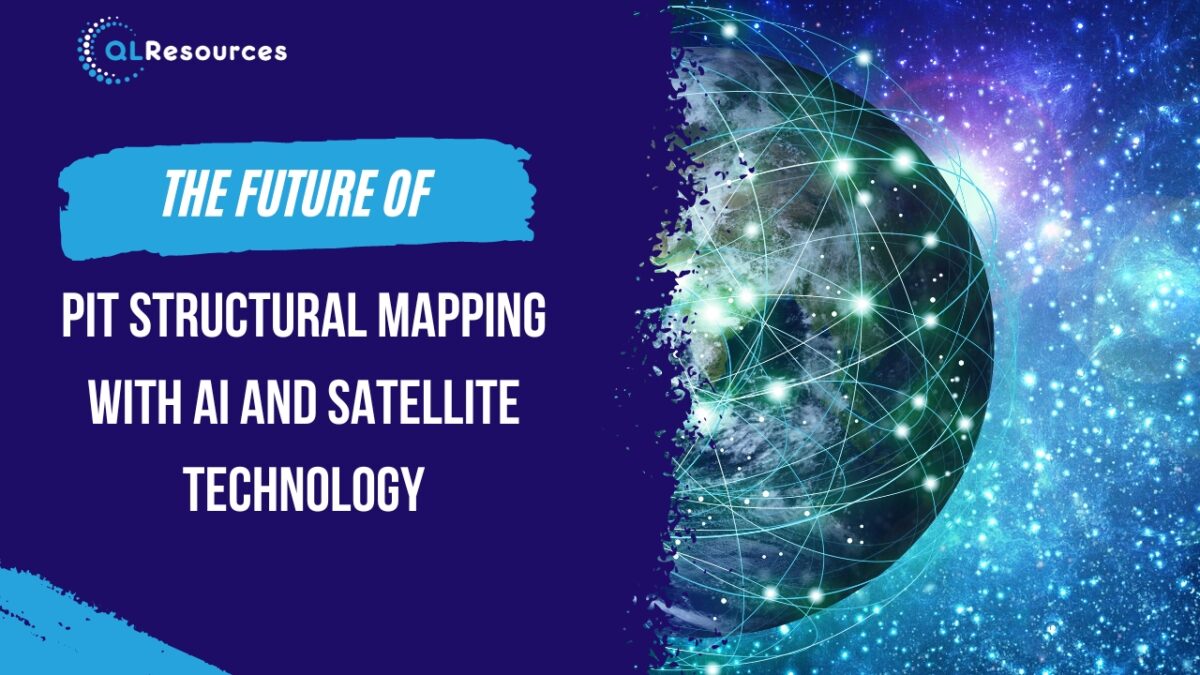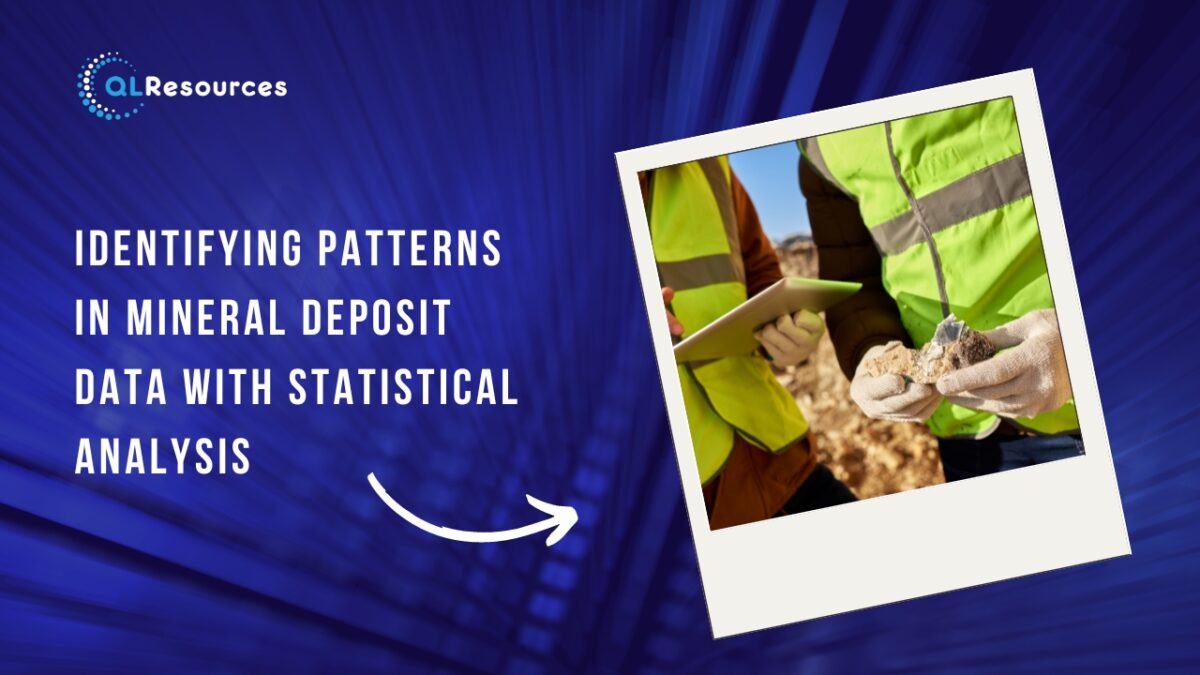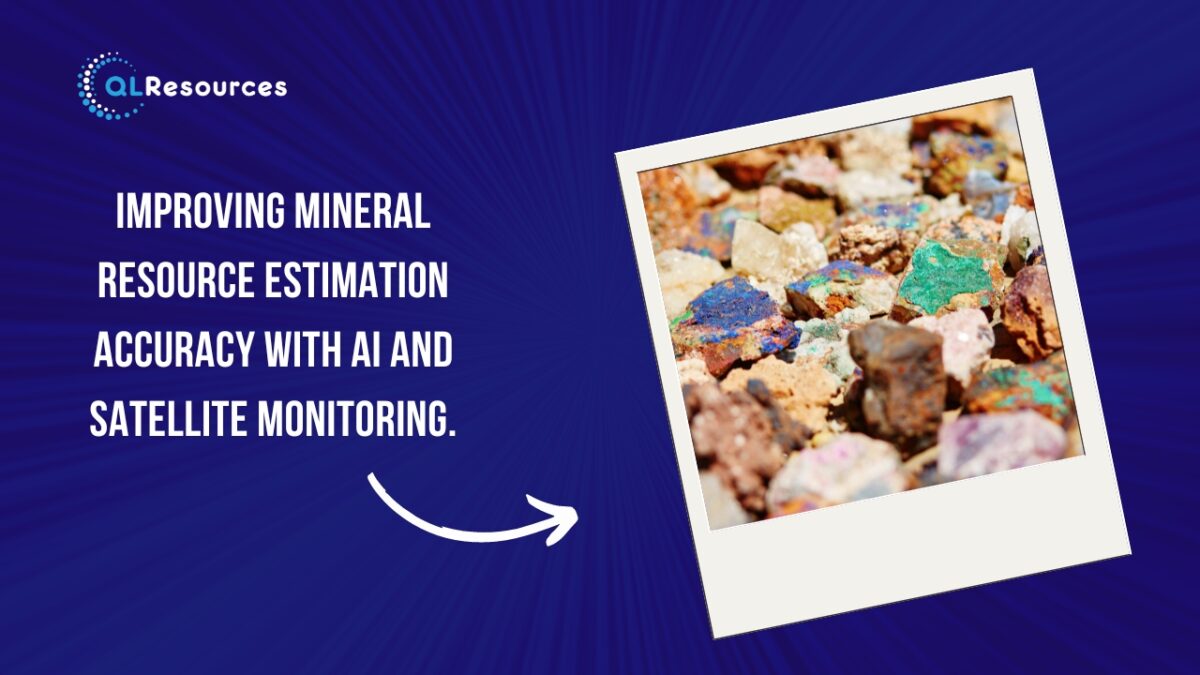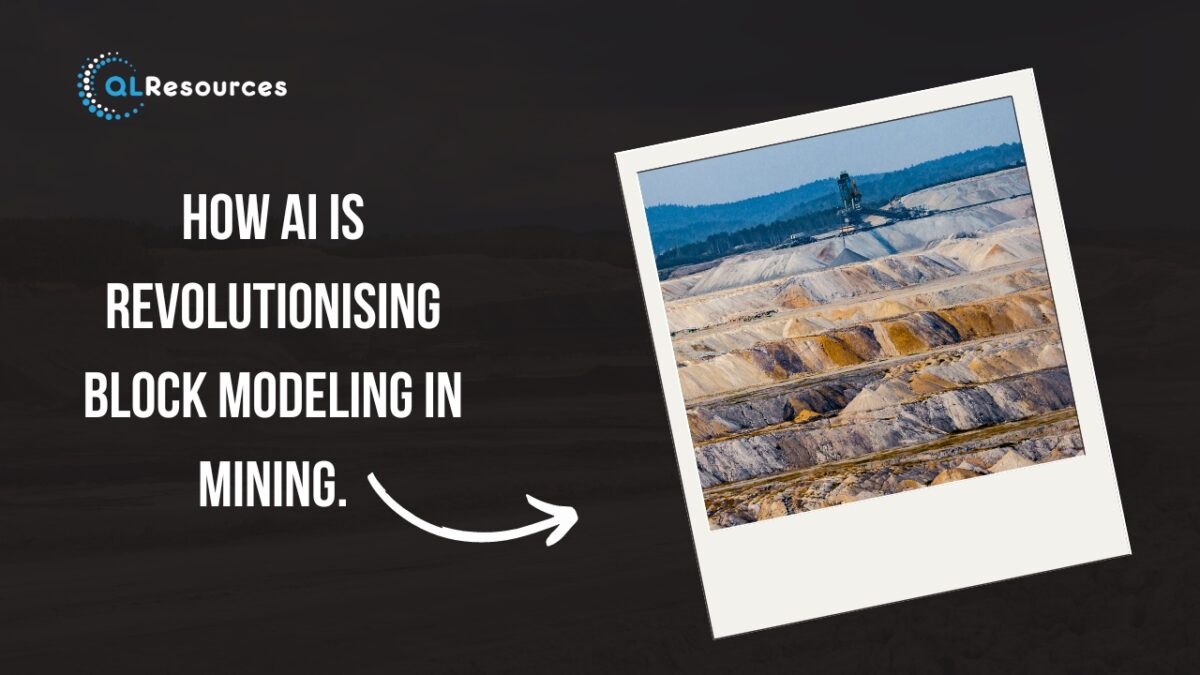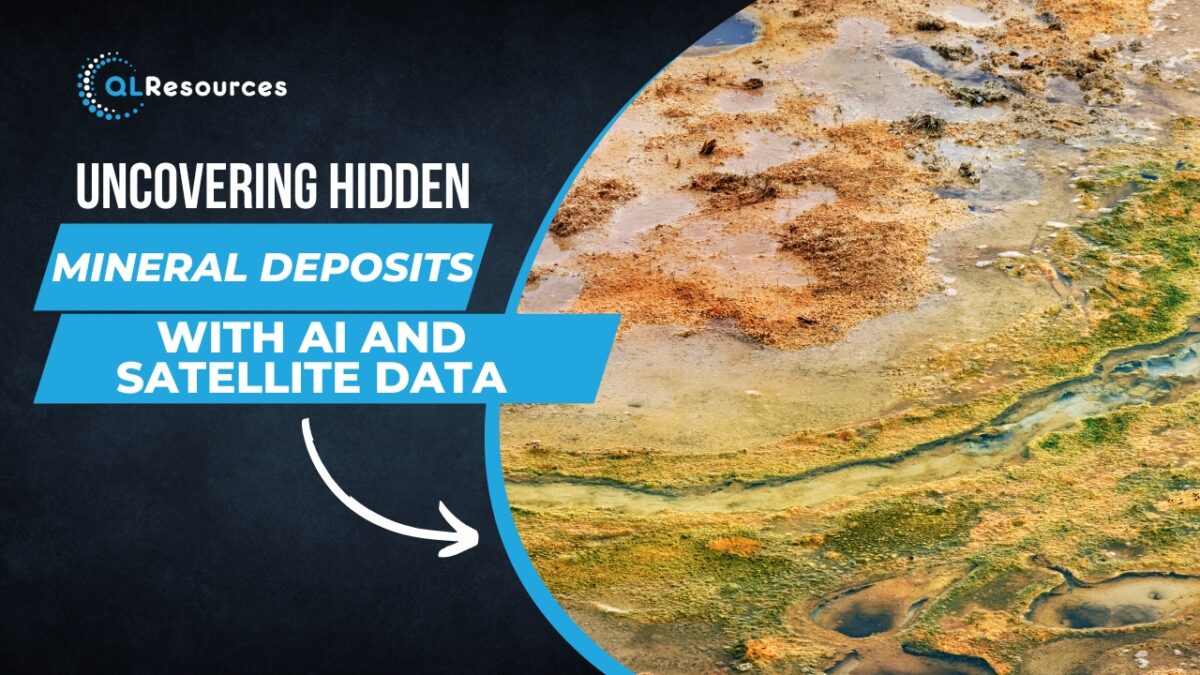In the mining industry, the Joint Ore Reserves Committee (JORC) Code sets out the minimum standards, recommendations, and guidelines for public reporting of exploration results, mineral resources, and ore reserves. The Code provides a framework for transparent and consistent reporting, which is essential for investors, analysts, and other stakeholders to make informed decisions. In this blog post, we will explore the importance of JORC Code compliance reporting in the mining industry.
1. Transparency and Accuracy
One of the primary benefits of JORC Code compliance reporting is the transparency and accuracy it brings to the mining industry. JORC-compliant reports must provide clear and concise information on exploration results, mineral resources, and ore reserves. This ensures that investors and other stakeholders have access to accurate and reliable information on the status and potential of mining projects. By providing a standardised framework for reporting, the JORC Code also helps to reduce the risk of misunderstandings and misinterpretations.
2. Improved Confidence and Credibility
Investors and other stakeholders place a high value on transparency and accuracy in the mining industry. By complying with the JORC Code, mining companies can improve their confidence and credibility with investors, regulators, and other stakeholders. JORC-compliant reports are independently audited, providing an additional level of assurance that the information provided is accurate and reliable. This can help to attract investment and partnerships, which are essential for the development and growth of mining projects.
3. Risk Mitigation
Complying with the JORC Code can help mining companies to mitigate risks associated with exploration, resource estimation, and project development. By following the JORC Code’s recommendations and guidelines, mining companies can identify and manage potential risks associated with mining projects. This can help to reduce the risk of unexpected costs and delays, as well as potential legal and regulatory issues.
4. Standardisation
The JORC Code provides a standardised framework for reporting exploration results, mineral resources, and ore reserves. This is important because it allows investors, analysts, and other stakeholders to compare the potential of different mining projects on an apples-to-apples basis. Standardisation also helps to reduce the potential for misunderstandings and misinterpretations, which can lead to misaligned expectations and potential disputes.
5. Environmental and Social Responsibility
The JORC Code requires mining companies to report on the environmental and social impacts of their mining projects. This is an important consideration for investors, regulators, and other stakeholders who are increasingly concerned about the sustainability of mining operations. By complying with the JORC Code, mining companies can demonstrate their commitment to responsible and sustainable mining practices. This can help to attract investment and partnerships from investors who are committed to environmental and social responsibility.
In conclusion, JORC Code compliance reporting is essential for the mining industry. By providing a standardised framework for reporting exploration results, mineral resources, and ore reserves, the JORC Code promotes transparency, accuracy, and credibility. JORC compliance also helps to mitigate risks associated with mining projects, improve stakeholder confidence, and demonstrate a commitment to environmental and social responsibility. Mining companies that comply with the JORC Code are more likely to attract investment, partnerships, and regulatory approval, which are essential for the success and growth of mining projects.


